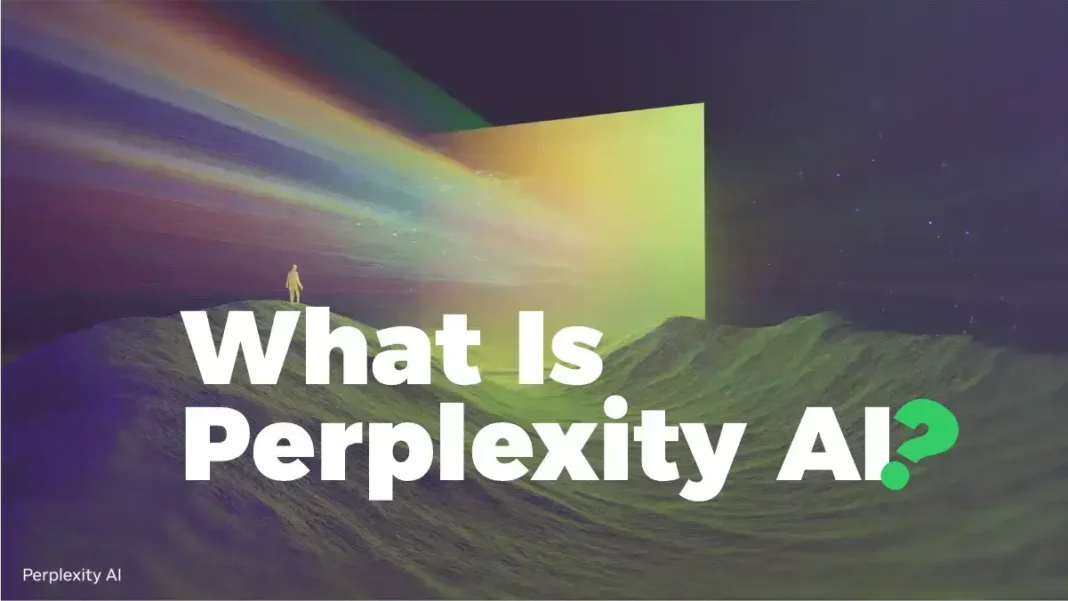In the ever-evolving world of artificial intelligence, one name is generating serious buzz: Perplexity AI. As users increasingly ask, “How does AI work?”, Perplexity offers a compelling answer-not just in theory, but in practice. This AI-powered search engine is redefining how we interact with information online, blending conversational intelligence with real-time data synthesis. With over 99 million visits in January 2025 alone [1], Perplexity is quickly becoming the go-to alternative to Google.
How Does AI Work in Perplexity’s Search Engine?
Artificial intelligence, at its core, mimics human cognition-learning from data, identifying patterns, and making decisions. Perplexity AI leverages large language models (LLMs) like GPT-4 to interpret natural language queries and deliver answers with citations. Here’s how it works:
- Input Collection: Perplexity gathers data from trusted sources including academic journals, news outlets, and forums.
- Processing: It uses deep learning and probabilistic reasoning to analyze and synthesize information.
- Outcome Generation: Instead of a list of links, users receive a direct, conversational answer with inline citations.
- Adjustment & Feedback: The system refines its responses based on user follow-ups and feedback loops.
According to Caltech’s 2024 guide on AI fundamentals [2], this iterative process is what makes AI systems like Perplexity adaptive and increasingly accurate.
Perplexity vs. Google: A New Paradigm in Search
Conversational Search vs. Keyword Search
Traditional search engines rely on keyword matching. Perplexity, however, understands context. You can ask, “What are the economic impacts of climate change in Canada?” and receive a structured, cited response-no SEO traps or pop-up jungles.
Citation-Backed Answers
Perplexity’s answers include clickable footnotes, allowing users to verify sources instantly. This transparency builds trust and bridges the gap between AI-generated content and authoritative information. [3]
Deep Research Mode
Launched in 2025, Perplexity’s Deep Research tool autonomously performs dozens of searches, evaluates hundreds of sources, and compiles expert-level reports in under four minutes [4]. It scored 94% in factual benchmarks, outperforming Google Gemini and ChatGPT in speed and accessibility. [5]
Why Perplexity AI Is Gaining Traction in 2025
Democratizing AI Research
Perplexity offers a free tier and affordable Pro plan, making AI-powered research accessible to students, educators, and small businesses. CEO Aravind Srinivas stated, “We believe AI-powered research should be fast, accessible, and affordable-not just a tool for corporations.” [4]
Multi-Platform Accessibility
- Web browsers
- Chrome extension
- macOS and iOS apps
- Android support
- Upcoming AI-powered phone by Deutsche Telekom [3]
Use Cases
- Academic research via Perplexity Academic
- Market analysis
- Technical documentation
- Personalized learning
How Perplexity AI Uses Machine Learning to Improve
Perplexity’s AI doesn’t just respond-it learns. Using limited memory AI, it stores previous interactions to refine future answers. This mirrors how human neurons adapt, as described by GeeksforGeeks in their 2025 AI overview. [6]
Key AI Techniques Used:
| Technique | Function |
|---|---|
| Natural Language Processing | Understands user queries in plain language |
| Deep Learning | Synthesizes complex data from multiple sources |
| Reinforcement Learning | Improves accuracy based on user feedback |
| Neural Networks | Mimics human cognition for decision-making |
These technologies enable Perplexity to deliver nuanced, context-aware responses that evolve over time.
People Also Asked
What makes Perplexity AI different from Google?
Perplexity offers conversational, citation-backed answers instead of link lists. It’s designed for deep dives, not just fast facts. [7]
How does AI work in Perplexity?
It uses large language models and probabilistic reasoning to interpret queries, gather data, and synthesize answers. [2] [6]
Is Perplexity AI free?
Yes, it offers a free tier with limited queries and a Pro plan for advanced features like Deep Research. [4]
Can Perplexity AI replace Google?
Not yet-but it’s gaining ground among researchers, students, and professionals who value accuracy, transparency, and depth. [8]
Conclusion: The Future of Search Is Conversational
Perplexity AI isn’t just a search engine-it’s a research assistant, a knowledge navigator, and a glimpse into the future of AI-powered information retrieval. As AI continues to evolve, tools like Perplexity will play a pivotal role in how we learn, explore, and make decisions.
Expert Insight:
“AI search is no longer about finding links-it’s about finding truth. Perplexity is leading that charge.” – Dr. Pia Becker, AI Researcher [4]


